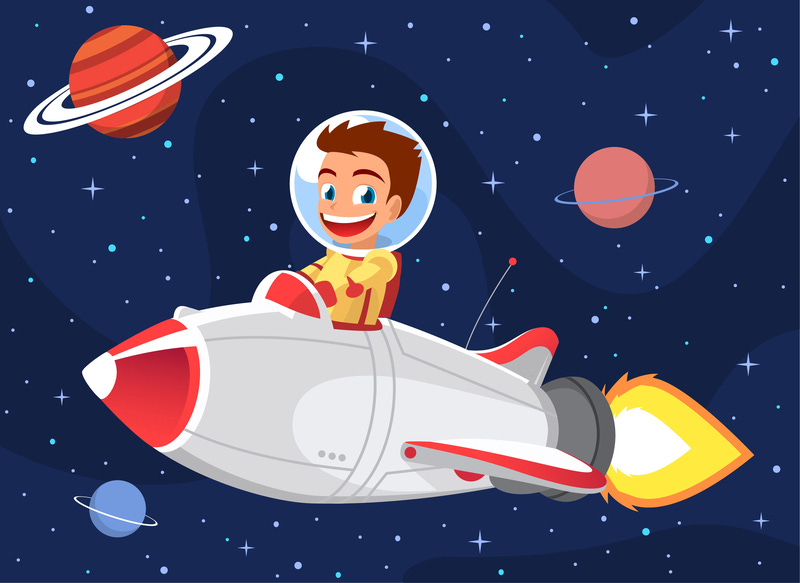Space Rides in 2041: $4.53
If space tourism can innovate as fast as computer technology, we all get to ride. Every flight yields new knowledge. Learning curves reduce costs 20 to 30 percent for each doubling of output.
Remember it was Wright Brothers to Apollo 11 in 66 years. Space rides are running $200,000 today.1 The Wright brothers were bicycle mechanics in Dayton, Ohio. If they drop in price like bicycles, they will be $31,190 in 66 years. If they drop like the price of air conditioning they will be $5,766 in 66 years. If they drop like computer chips, which Moore’s law suggests a decrease in price of 41.4 percent a year, they will be $4.53 in 20 years and less than 0.000000009 of a penny in 66 years. We don’t know how fast or slow the price will drop, but it will drop.
The Wright Brothers flight at Kitty Hawk, North Carolina on December 17, 1903 went for 120 feet in 12 seconds, or around 7.4 miles per hour.2 The Apollo 11’s Saturn rocket went up to 25,000 miles per hour on its way to the moon in July of 1969. 3 From 1903 to 1969 airspeed increased at a compound annual rate of 13.1 percent, doubling every 5.3 years. The time it took to travel one mile decreased at a compound annual rate of 11.6 percent. If the space ride price follows this rate, it will cost around $12,062 in 20 years.
Measured in time prices (the time it takes to earn the money to buy something) almost everything is becoming more and more abundant (because it takes less and less time to earn the money to buy). Looking at hundreds of different basic commodities and products through the lens of time prices, abundance is increasing on average around 3 percent a year. This means that abundance is doubling every 23 years. A 3 percent rate would put the ride at $108,758 in 20 years.
Every flight yields new knowledge. Learning curves reduce costs 20 to 30 percent for each doubling of output.4 This is why computer chips became so cheap. If we can hit 25 percent, the cost of the 128th flight should be around $52,428 and $26,843 on the 1,024th flight. The faster we can learn, the lower the price will become. Let a million learning curves bloom.
Never underestimate the power of free people to innovate and make the rest of us prosperous. Someone born today and able to enjoy freedom will lead space ride innovation. The mission to the moon accelerated computer technology innovation. A one million dollar computer could be bought 20 years later for $22.65
Here is a table illustrating the power of compound annual innovation in 20 years for something that costs $200,000 today:
For us who have dreamed of going to space since that beautiful day of July 20, 1969, if we can stay alive for 20 more years and keep innovating our hopes may come true. It might not be $4.53, but it should be well within the reach of most Americans.
Excerpt from our forthcoming book, The Age of Superabundance.
https://www.theverge.com/2020/2/18/21142137/spacex-tourism-orbit-earth-private-citizens-dragon-space-flight
https://airandspace.si.edu/stories/editorial/first-flight
https://www.bbc.com/news/science-environment-48907836
https://canmedia.mheducation.ca/college/olcsupport/stevenson/5ce/ste39590_ch07S_001-021.pdf





